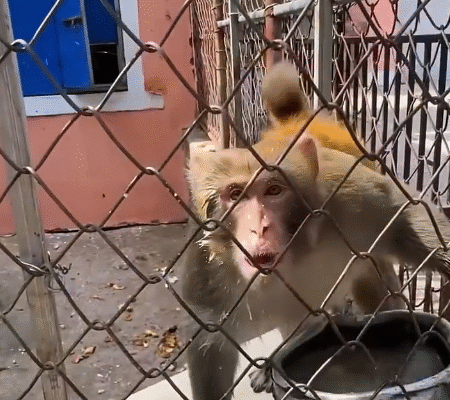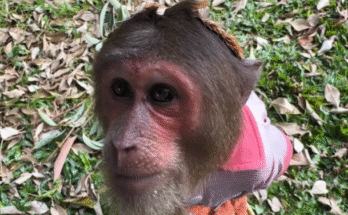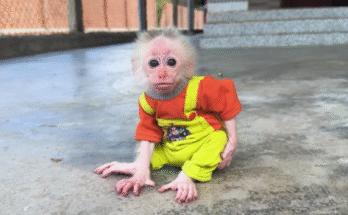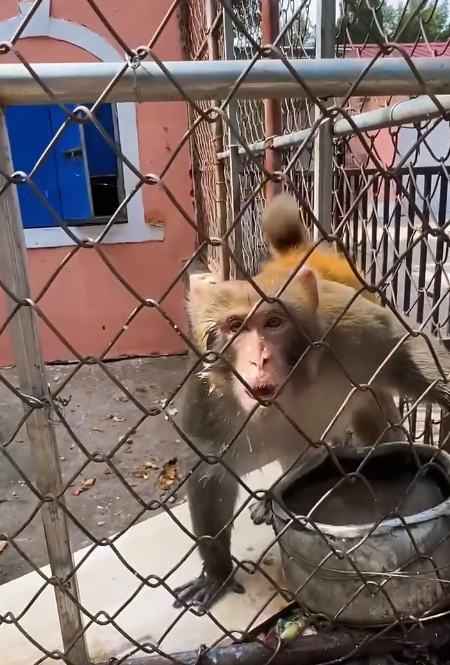
In the heart of the jungle, life hums with rhythm — a rhythm that beats strongest in the world of monkeys. Intelligent, playful, and endlessly curious, monkeys are nature’s entertainers and problem solvers. Every swing, chatter, and mischievous grin tells a story about survival, emotion, and connection. “Interesting Monkey Core” captures this essence — the core behaviors, intelligence, and social bonds that make monkeys not only fascinating but also reflections of our own humanity.
The Intelligence Behind the Eyes
Monkeys are more than just adorable tree dwellers — they are thinkers, planners, and sometimes even tricksters. Scientists have long been amazed by their intelligence. Many species, especially capuchins, macaques, and chimpanzees, have demonstrated the ability to use tools, solve puzzles, and communicate with gestures and facial expressions.
Capuchin monkeys, for instance, are known to crack nuts using stones, a behavior once thought to be uniquely human. They even choose stones based on size and weight, showing a clear understanding of cause and effect. In another case, Japanese macaques were observed washing sweet potatoes in the ocean — a cultural behavior that spread from one monkey to others in the group, proving that learning and imitation are part of their social intelligence.
This ability to think, learn, and adapt reveals the “core” of monkey life — a complex mind capable of creativity and empathy. Their eyes are full of curiosity, mirroring our own desire to explore and understand the world.
The Heart of the Troop
At the center of every monkey community lies social connection. Monkeys are rarely alone; their survival depends on the strength of their troop. Grooming, playing, and even comforting each other are daily rituals that strengthen these bonds.
Take the rhesus macaque as an example. In their troops, mothers form lifelong connections with their babies. Young monkeys learn everything from their mothers — what to eat, how to communicate, and who to trust. Older monkeys often serve as protectors, watching over younger members when the group travels. This sense of family and belonging is the true “core” of monkey society.
But like any community, monkey groups have hierarchies and drama. There are leaders, challengers, alliances, and rivalries. Power struggles are common, especially among males during mating season. Yet, these conflicts often resolve through gestures, not violence. Grooming a rival or sharing food can restore peace — proof that monkeys value harmony and connection over constant fighting.
Monkey Emotions: More Human Than You Think
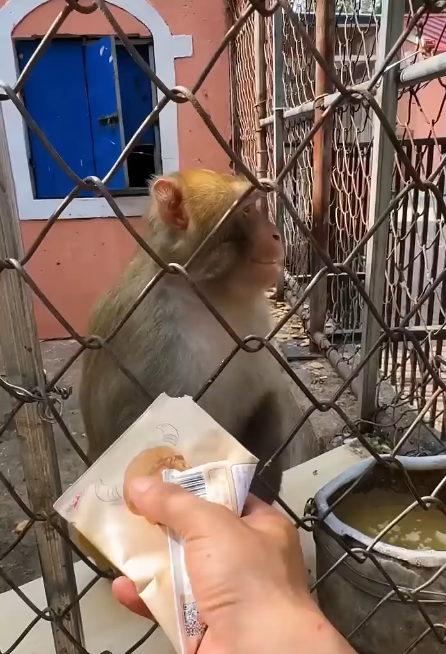
What makes monkeys so interesting is not just their behavior but their emotions. They laugh, cry, feel jealous, and even show compassion. When a baby monkey is lost, its mother’s cries echo through the trees — an emotional sound that tugs at any listener’s heart.
Studies show that monkeys can recognize themselves in mirrors, a sign of self-awareness. They also comfort distressed group members, hold hands, and even mourn their dead. A mother monkey often carries her deceased baby for days, unable to let go — a heartbreaking display of love and grief that proves how deeply emotional these animals are.
This emotional intelligence gives them an almost human quality. It reminds us that feelings like love, sadness, or fear are not unique to humans but are part of nature’s shared emotional language.
Playfulness and Curiosity: The Monkey’s Spirit
Monkeys are the comedians of the animal kingdom. Their endless energy and curiosity make them both fascinating and hilarious to watch. Whether swinging from vines, sneaking food, or teasing each other, their lives seem full of fun and discovery.
In many sanctuaries and wild habitats, baby monkeys spend hours chasing one another, wrestling, or inventing games with sticks and leaves. These activities aren’t just for amusement — they help young monkeys develop agility, coordination, and social skills.
Even adult monkeys engage in playful acts. Some steal items from humans, like hats or cameras, not just out of hunger but out of curiosity and mischief. It’s their way of interacting with the world and testing boundaries. This playful behavior shows a sharp intelligence that thrives on experimentation and learning.
Monkeys and Humans: A Shared Legacy
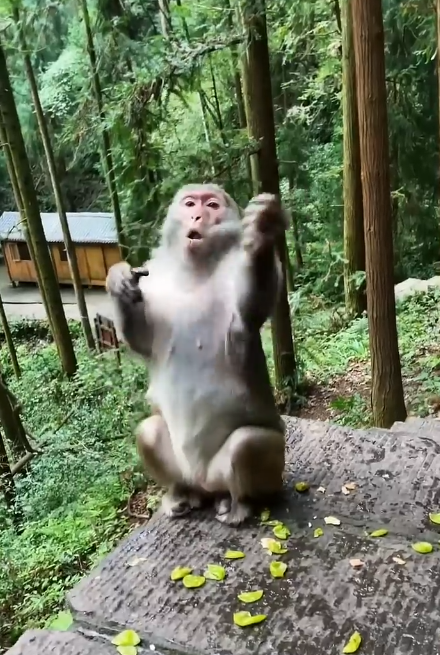
Humans and monkeys share a common ancestry that goes back millions of years. That’s why their behavior, emotions, and intelligence often feel so familiar. Watching a monkey nurture her baby, argue over food, or plan a clever trick reminds us of our own primal roots.
Monkeys have also held a sacred place in many cultures. In Hindu mythology, Hanuman, the monkey god, symbolizes strength, loyalty, and devotion. In Chinese culture, the Monkey King, Sun Wukong, represents intelligence, courage, and rebellion. These stories highlight how humans have long admired monkeys for their wit and resilience.
Our shared connection also means we have a responsibility to protect them. Unfortunately, many monkey species face threats from deforestation, illegal pet trade, and habitat loss. Their homes are being destroyed at alarming rates, leaving them vulnerable and displaced. To truly honor the “monkey core,” we must protect their forests and give them the freedom they deserve.
Monkey Communication: The Language of the Wild
Monkeys don’t speak in words, but their communication is rich and complex. They use a mix of vocal sounds, body gestures, and facial expressions to convey messages. A high-pitched scream can warn of danger, while a soft grunt may signal comfort. Tail flicks, stares, and even eyebrow movements have meaning within their social groups.
Vervet monkeys, for example, have distinct alarm calls for different predators — one for snakes, another for eagles, and yet another for leopards. When a vervet monkey hears a specific call, it reacts accordingly — running to the trees, looking up, or hiding in bushes. This level of communication shows not only intelligence but also social coordination and trust.
Such sophisticated systems of communication show how monkeys, like humans, rely on understanding and cooperation to survive.
The Balance Between Survival and Joy

Life in the jungle is not easy. Food must be found, predators avoided, and young ones protected. Yet even amid danger, monkeys find time for joy. Their laughter, play, and close relationships remind us that happiness isn’t about comfort but about connection and curiosity.
When a monkey swings freely through the forest canopy, it’s not just movement — it’s expression. Every leap shows confidence; every playful act reflects a love for life itself. The “monkey core” is this — the balance between struggle and joy, intelligence and emotion, instinct and heart.
Conclusion: What We Can Learn from Monkeys
To understand monkeys is to understand ourselves. They embody intelligence without arrogance, love without condition, and curiosity without fear. Their lives remind us that community, empathy, and playfulness are not luxuries — they are essential for survival.
Watching monkeys in their natural habitat is like looking into a living mirror. We see our past and perhaps even our future — a reminder that the essence of life lies not in dominance but in connection, not in speech but in understanding.
The “Interesting Monkey Core” is not just about monkeys; it’s about the vibrant, emotional, intelligent life force that flows through all creatures. In their laughter, love, and mischief, we find echoes of our own hearts — wild, free, and endlessly curious.
